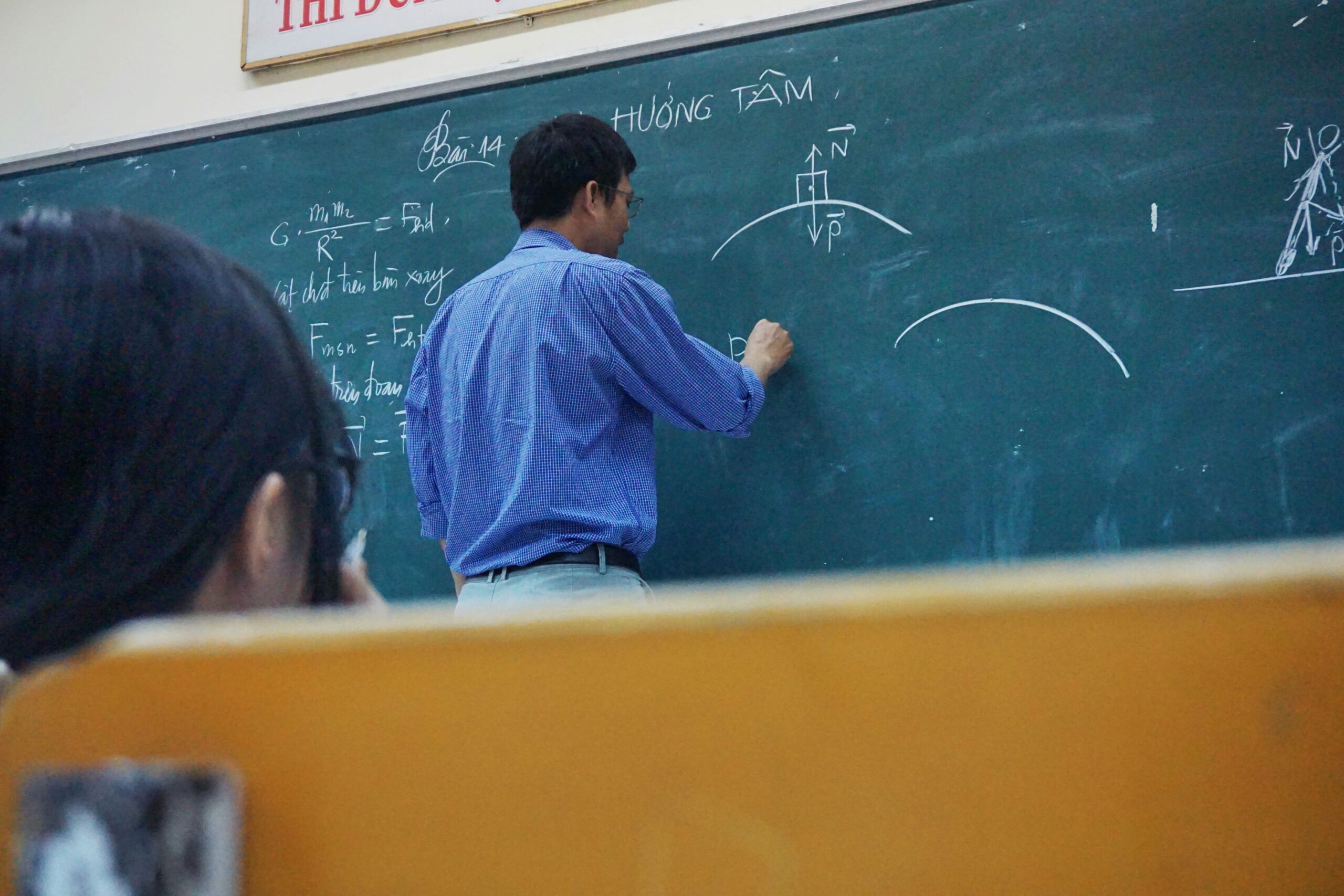Introduction to the Photoimage Class
Images are a powerful way to convey messages, evoke emotions, and capture moments. In the world of programming, handling images efficiently is crucial for creating visually appealing applications. Enter the Photoimage Class—a versatile tool that simplifies image manipulation in your projects. Whether you’re building a simple app or a complex software solution, understanding how to use this class can elevate your work to new heights.
This tutorial will guide you through everything you need to know about the Photoimage Class, from its benefits and usage to common pitfalls and hands-on examples. Get ready to unleash your creativity as we dive into the fascinating realm of image processing!
Benefits of Using the Photoimage Class for Images
The Photoimage Class offers a streamlined approach to handling images in your applications. One of its primary benefits is simplicity. With an intuitive interface, developers can quickly load and display images without diving into complex code.
Performance is another significant advantage. The Photoimage Class efficiently manages memory usage, ensuring that your application runs smoothly even with numerous images loaded at once.
Flexibility also stands out with this class. It supports various image formats, allowing for versatile use across different projects. Whether you’re working on a simple graphic or a detailed photograph, the Photoimage Class adapts easily.
Moreover, it integrates seamlessly with Tkinter widgets, enhancing UI development speed and user experience design. By leveraging these features, developers can focus more on creativity rather than technical limitations when working with images in their programs.
How to Import and Use the Photoimage Class
To start using the Photoimage Class, you first need to ensure you have the right environment set up. Typically, this involves having a Python installation with Tkinter included.
Begin by importing the necessary libraries. You can do this by adding `from tkinter import PhotoImage` at the top of your script. This command brings in the Photoimage functionality directly into your project.
Next, create an instance of the Photoimage class. Use the syntax: `img = PhotoImage(file=’path/to/your/image.png’)`. Make sure to specify a valid image path.
Once you’ve loaded your image successfully, display it on a widget like a Label or Canvas. For example: `label = Label(root, image=img)` followed by `label.pack()`.
This setup allows for seamless integration of images within your GUI applications!
Manipulating Images with the Photoimage Class
Manipulating images with the Photoimage Class opens a world of creative possibilities. This powerful tool allows developers to easily alter and enhance graphics within their applications.
You can resize, rotate, or even change colors using simple functions. For instance, resizing an image is just a matter of specifying new dimensions. The altered graphic retains its quality while fitting perfectly into your layout.
Another exciting feature is applying filters. You can adjust brightness or contrast to make your images pop. These adjustments are straightforward yet impactful.
The Photoimage Class also supports various formats like PNG and GIF. This flexibility means you’re not limited in how you showcase visuals in your projects.
Whether you’re creating a dynamic user interface or enhancing digital art, the manipulation capabilities provide the tools needed for expressive design work.
Common Errors and Troubleshooting Tips
When working with the Photoimage Class, errors can sometimes crop up. Understanding these common pitfalls can save you time and frustration.
One frequent issue is failing to load images properly. This often happens if the file path is incorrect or if the file type isn’t supported. Double-check your paths for accuracy and ensure you’re using formats like PNG or GIF.
Another common error involves image resizing. If dimensions are set incorrectly, images may appear distorted or pixelated. Always maintain aspect ratios when scaling images to preserve quality.
Additionally, some users encounter problems with display on different platforms. Testing your application across various devices can help identify compatibility issues early on.
If you experience unexpected behavior while manipulating images, reviewing your code line by line might reveal syntax mistakes that could cause malfunctioning effects. Taking a moment to troubleshoot will enhance your overall experience with the Photoimage Class.
Examples of Image Manipulation with the Photoimage Class
The Photoimage Class opens up a world of creative possibilities for image manipulation. One simple example is resizing images to fit perfectly within your GUI layout. You can specify the dimensions directly, which ensures that your application looks polished and professional.
Another exciting feature is applying filters. Want to add a vintage touch? Just manipulate the pixel values using custom functions paired with the Photoimage Class, creating stunning visual effects.
You can also rotate images effortlessly. This comes in handy when you want to display photos from different angles without altering the original file.
Think about overlaying text on images. Using this class, it’s easy to create engaging visuals by blending graphics and typography seamlessly—perfect for promotional materials or social media posts!
Conclusion
The Photoimage Class is a powerful tool for anyone looking to work with images in their applications. By understanding its benefits and functionalities, you can enhance your projects significantly. Whether you’re creating simple graphics or complex image manipulations, the offers versatility and ease of use.
With the tips provided on importing, manipulating images, and troubleshooting common errors, you’re well-equipped to tackle any challenges that arise. The examples shared illustrate just how effective this class can be in bringing your vision to life.
As you explore the capabilities of the further, you’ll find new ways to integrate it into your work. Embrace creativity and let this resource guide you in producing stunning visual content that captures attention and enhances user experience.

Leave a Reply